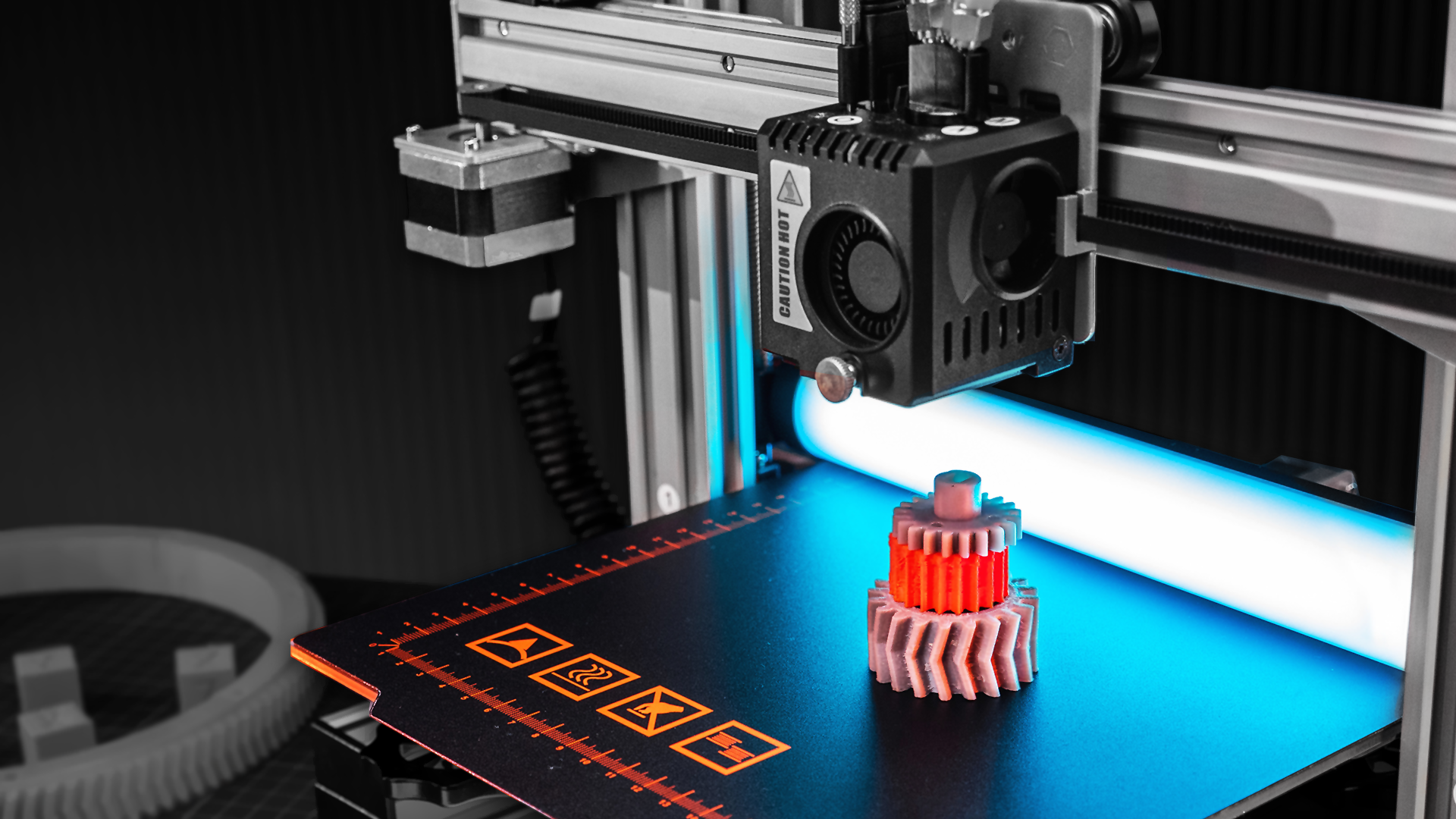Adopting additive manufacturing is no longer a question of if, but when. Companies are recognizing the value that 3D printing can bring to their businesses. And with the immense pressure to keep up with the ever-changing market demands, many manufacturers are turning to additive manufacturing (AM).
AM offers several benefits, such as reduced lead times, lower production costs, increased design freedom, and improved product quality. However, switching from traditional manufacturing to additive manufacturing is not a simple task.
Manufacturers must carefully consider several key factors to implement an AM transformation successfully. This post will explore the top considerations for manufacturers looking to transform their business with additive manufacturing.
1. The Cultural Shift
One of the biggest challenges manufacturers face when adopting additive manufacturing is the required cultural shift. Additive manufacturing represents a fundamental change in how products are designed and manufactured. And this shift can be difficult for some employees to accept.
To overcome this challenge, it is important to have a clear understanding of why you are making the switch to additive manufacturing. What are the benefits you hope to achieve? Once you have a clear vision for the transformation, it will be easier to get buy-in from your employees.
You should provide training and support to employees who will be using the new technology. Additive manufacturing can be complex, and a learning curve is associated with it. You can ensure a smooth transition to the new technology by providing employees with the resources they need to be successful.
2. Financial Considerations
Additive manufacturing can be a costly transition in equipment and materials in the beginning. There may also be costs associated with training employees and redesigning products for additive manufacturing. It is important to conduct a cost-benefit analysis to ensure the investment will be worthwhile in the long run.
To offset the cost of additive manufacturing, manufacturers can take advantage of government initiatives, such as the recently launched Additive Manufacturing Forward in the U.S.
3. The Technical Considerations
There are several technical challenges that manufacturers must address when adopting additive manufacturing. One of the biggest challenges is ensuring that parts are designed properly for the additive manufacturing process.
Additive manufacturing requires a different approach to design than traditional manufacturing. As a result, you should work with a service provider that has experience designing parts for additive manufacturing. You will also need access to the right software and hardware to design and print your parts.
Selecting the right additive manufacturing technology is another important technical consideration. Various technologies are available on the market, each with its own advantages and disadvantages. You should select a technology that is well suited to your specific needs.
4. Traceability
Traceability means tracking every product and part from start to finish during the manufacturing process. As a manufacturer, you need to track the products from when you receive the raw materials to when you ship the final finished product. You may also be required to trace batches to ensure they meet quality and safety standards.
As a small or medium-sized manufacturer, you may not have the same resources as a large company to invest in traceability. Poor traceability can be challenging with additive manufacturing, as parts are often produced in small batches or individually. So you should have a system to track each part’s progress throughout the additive manufacturing process. This will allow you to identify any issues that may arise and take corrective action if necessary.
5. Regulatory Compliance and Verification
If you’re planning to start an additive manufacturing transformation, you should have a way of verifying the performance of all your 3D-printed parts. Verification ensures that you ascertain that you can achieve the mechanical, chemical, metallurgical properties, and complex geometrics within a specified limit. Regulatory compliance also matters because the technology can be used to create parts and products subject to regulation.
For example, medical devices and aerospace components are subject to strict regulation. As a result, it is important to ensure you have the necessary approvals before using additive manufacturing to produce these items.
The Bottom Line
A successful additive manufacturing transformation can help small and medium-sized manufacturers become more agile, efficient, and responsive to customer needs. However, you should address the key considerations above before embarking on such a transformation. By carefully considering these issues beforehand, you can increase the chances of successfully transitioning to 3D printing.
Automation Alley is a World Economic Forum Advanced Manufacturing Hub (AMHUB) for North America and a nonprofit Industry 4.0 knowledge center with a global outlook and a regional focus. We facilitate public-private partnerships by connecting industry, education and government to fuel Michigan's economy.




